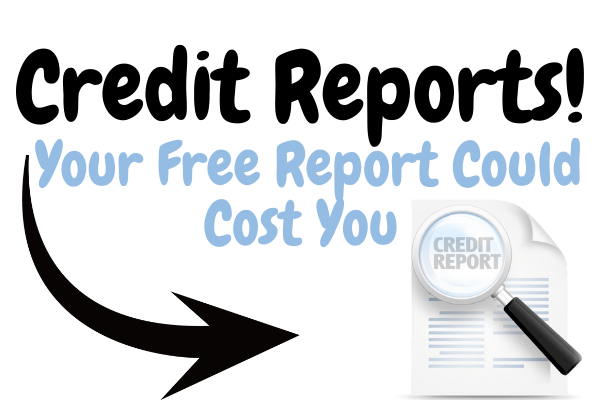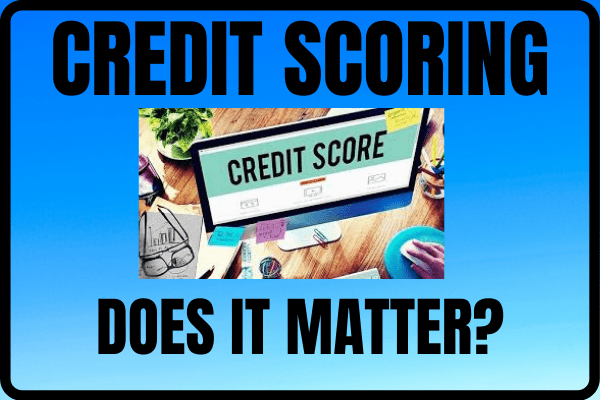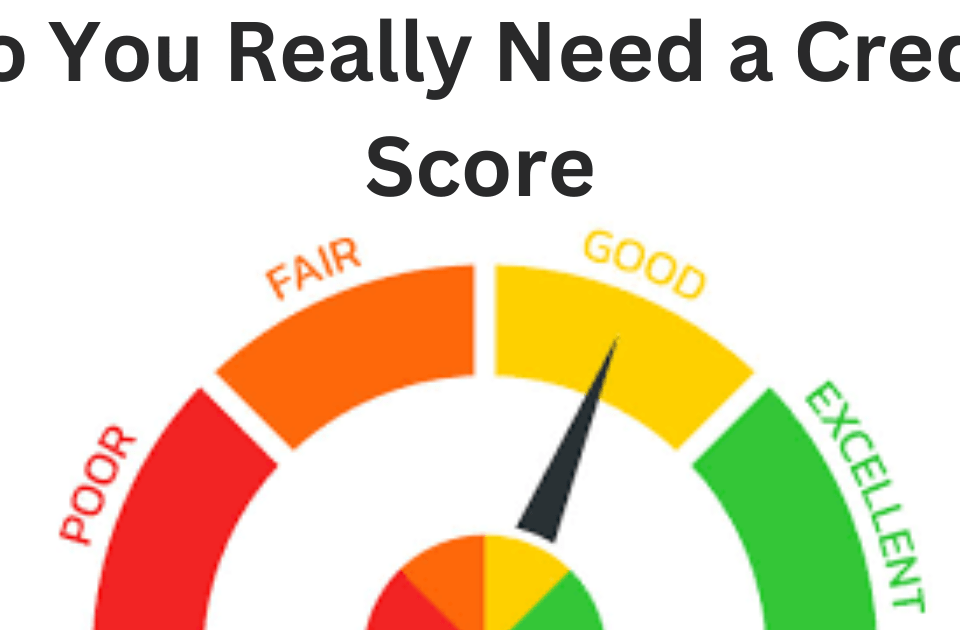A credit report is ordered by the lender and the credit reporting agency establishes a score to help a potential lender determine the risk of granting the loan. The scores range from 375 to 900 points, and in general, a score of 650 or above indicates a very good credit history. Average scores fall into the range between 620 and 650. Several factors can have a negative impact on a credit score:
- History of nonpayment
- Adverse Public record information
- Evidence of collection accounts
- Recent delinquent accounts
- Credit cards charged to their limits
- Too many new accounts
A lender will evaluate a credit score based on the following:
Credit
There are three primary categories for considering a credit rating: Mortgage Credit, Consumer Credit, Public Records
The more serious the credit problems, the further the grade decreases. As the grade on the loan decreases, lenders generally assess higher rates and fees.
Debt Ratio
Lenders calculate the debt ratio by dividing the total monthly debts (the housing expenses for the proposed loan plus the borrower’s other monthly credit obligations) by the total monthly income. If a borrower has a low debt ratio, the credit-scoring grade will be higher. Conversely, if a borrower has a high debt ratio, the grade will be lower.
Maximum LTV
Loan-to-Value Ratio, or LTV as it is commonly referred to, is the ratio of loan amount to the appraised value (or the sales price, whichever is less) of a property.
If the credit history, debt ratio, and loan to value ratio are unsatisfactory, the quality of the loan may be downgraded to an A-, B, C or D. “D Paper” loans refer to loans known as hard money loans that are mostly based on the equity in the home and not on the borrower’s credit. A lender who is making an A-, B, C or D paper loan is taking a higher risk since there is an increased likelihood of the loan defaulting. Additionally, these loans are not insured or guaranteed. The lender is compensated for higher risk by charging the borrower a higher interest rate:
If current interest rates were 7%, and the borrower is considered a prime borrower, the loan would be granted by a prime lender at 7%. However, if the borrower is not a prime borrower, he may seek financing elsewhere and be charged a higher rate of interest.
The interest rates quoted for A-, B, C or D paper loans vary among lenders. An example follows:
- A-paper could have rates 1% – 1.75% higher than A paper
- B paper could have rates 0.25% – 0.75% higher than A- paper
- C paper could have rates 0.75% – 1.5% higher than B paper
- D paper could have rates 1% – 1.75% higher than C paper
Using the higher end of the scale above for each rating, and starting with a 7% interest rate, the following chart is an example of the interest rate a borrower may pay:
- A- 8.75%
- B 9.50%
- C 11.00%
- D 12.75%
Yes, it matters!





